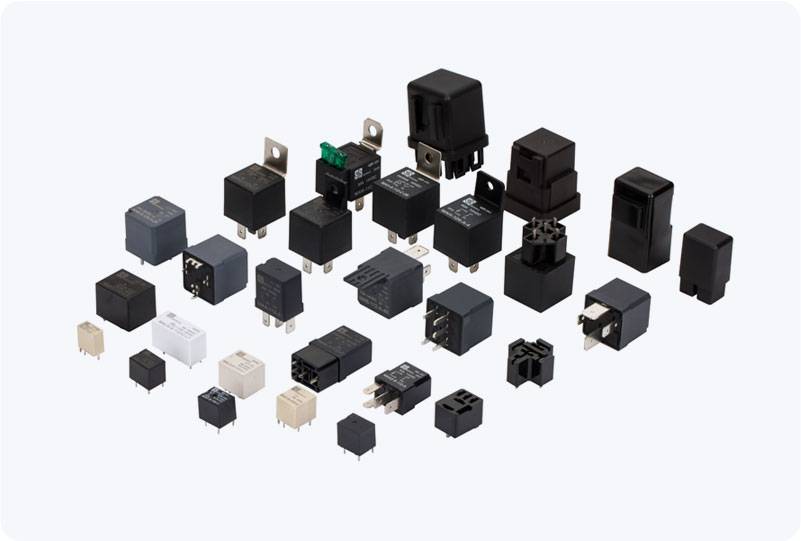Industrial relays play a crucial role in automation and control systems by allowing one circuit to control the operation of another. However, like any electrical component, relays can fail over time due to various factors such as overvoltage, excessive current, or mechanical wear. To ensure the reliability of industrial systems, it is essential to regularly test relays to confirm they are functioning properly. One of the easiest and most effective ways to test a relay is by using a multimeter. This guide will walk you through the steps of how to test an industrial relay with a multimeter.

1. Understanding the Relay Structure Before you begin testing the relay, it’s important to understand its basic structure. An industrial relay consists of the following parts: Coil terminals: These are the two terminals where the relay’s electromagnetic coil is connected. Energizing the coil causes the relay to activate, switching the contacts. Common (COM) terminal: This is the terminal that connects to the other two contacts (NO and NC). Normally Open (NO) terminal: This contact remains open when the relay is not energized and closes when the relay is activated. Normally Closed (NC) terminal: This contact remains closed when the relay is not energized and opens when the relay is activated.